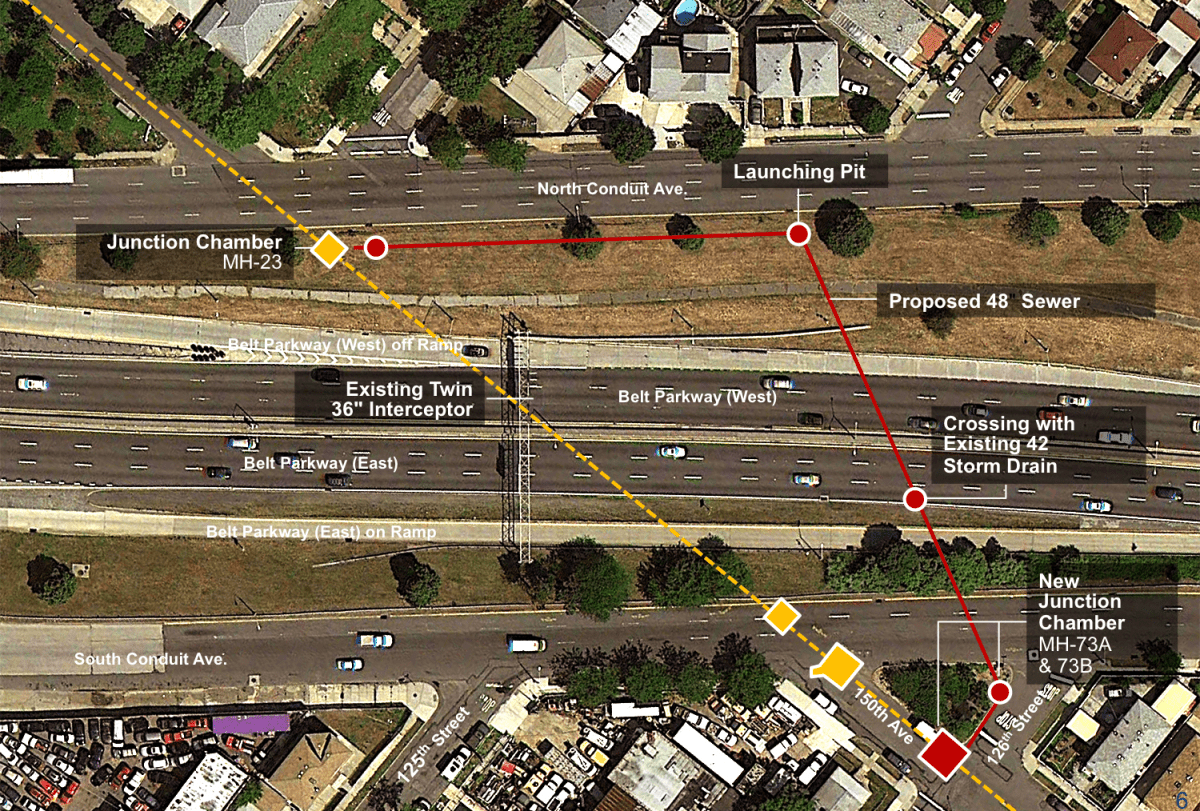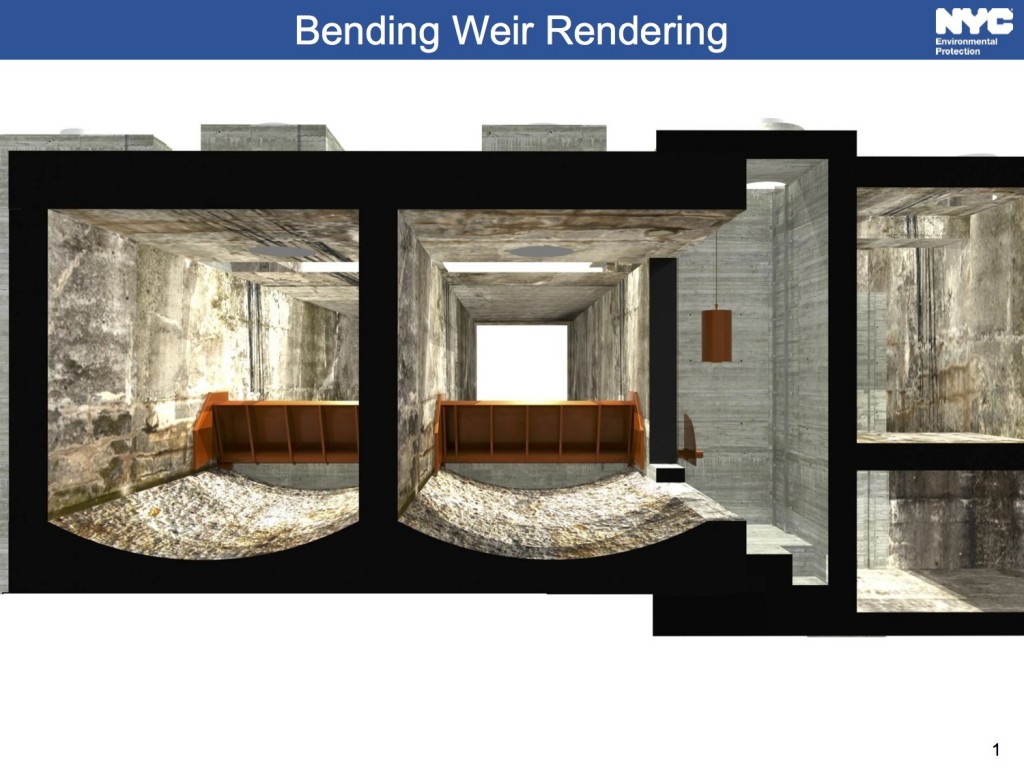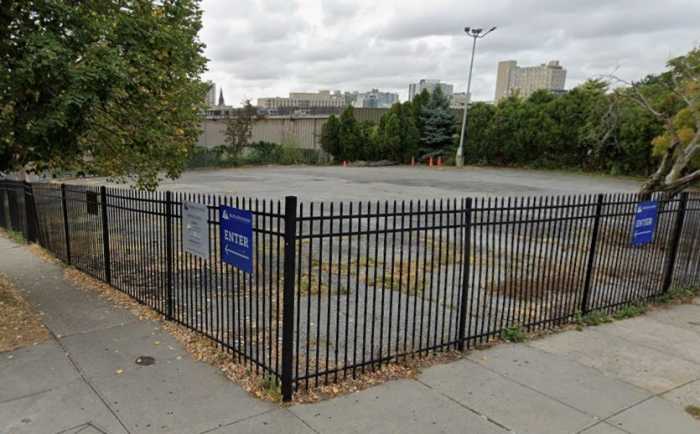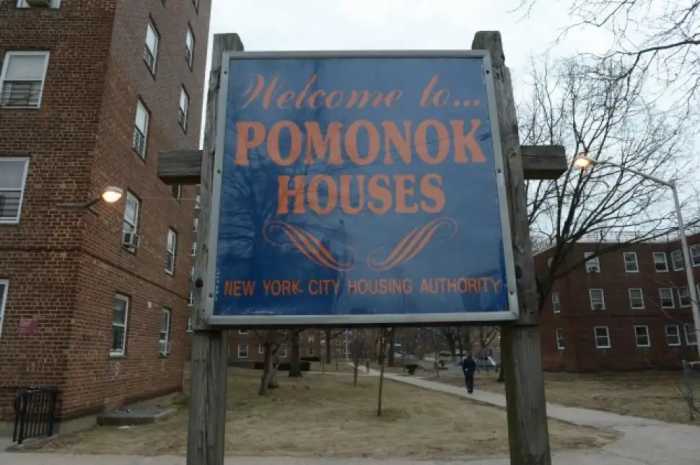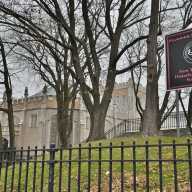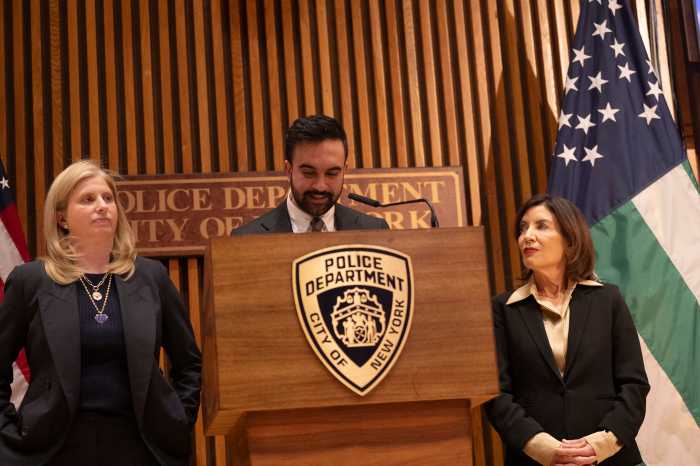Hundreds of millions of gallons of raw sewage that now overflow into ecologically fragile Jamaica Bay every year will be diverted to treatment plants under a new project being launched by the Department of Environmental Protection (DEP).
A new $40 million initiative split into two smaller projects is set to begin in 2015 in South Ozone Park by the Belt Parkway to reduce sewer overflows into both Bergen and Thurston Basin, two bodies of water that ultimately lead into Jamaica Bay.
City officials said they are taking pains to minimize the impact on traffic along the Belt Parkway from construction of one of the new sewage overflow pipelines that will cross under the highway.
The project is designed to ensure that about 300 million gallons a year of combined sewer overflow will be routed to the Jamaica Wastewater Treatment Plant, where it will be treated to Federal Clean Water Act standards, rather than being discharged untreated into the tributaries of Jamaica Bay.
As of now, there are two 36-inch sewer lines carrying sewer overflow from North Conduit Avenue under the Belt Parkway to 150th Street and 126th Avenue. When they reach that point, they connect to a 72-inch sewer line, ultimately bringing all that overflow to the Jamaica Wastewater Treatment Plant.
The DEP said that due to increased development of southern Queens, the existing pipes “no longer have sufficient capacity to carry combined flow generated north of the Belt Parkway and act as a bottleneck in the area’s drainage system.”
To relieve this issue, one of the small projects, which is slated to start in early 2015 and to be completed in 2017, will be building a new 48-inch interceptor sewer under the Belt Parkway, near the Lefferts Boulevard exit. The sewer is estimated to cost around $29 million and will provide significant additional capacity within the area’s drainage system, which will ultimately reduce overflows into Bergen Basin by approximately 135 million gallons a year.
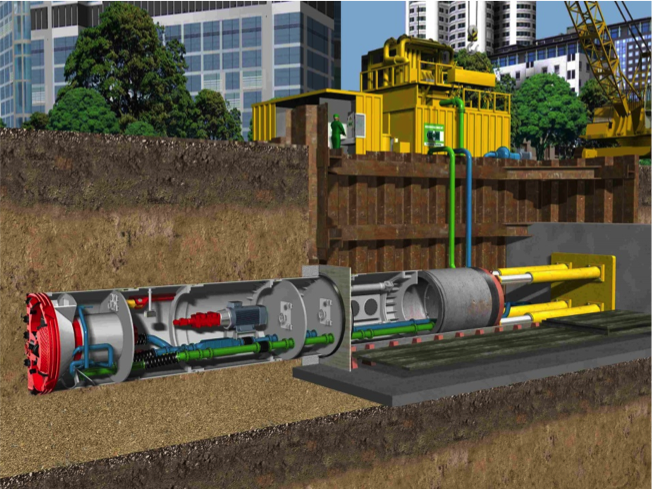
The other project, set to start in late spring and finish in the summer of 2016, is estimated to cost around $11 million. In that phase, the DEP will install three hydraulic levees at key junctions in the area’s sewer network. During dry days, the levees will remain closed as the system will not need to push out any excess water into the basins. When there is a heavy rainstorm, the levees will be forced down by the pressure of the flow and allow for the water to be drained into the basins.
This will optimize the carrying capacity of the sewer pipes during rainstorms and reduce sewer overflow into Bergen Basin by about 65 million gallons a year and into Thurston Basin by about 102 million gallons a year.
In order to minimize disruption to traffic on the Belt Parkway during construction, the DEP will be using a microtunnelling machine to install the new sewer line, allowing contractors to do most of their work underground, passing under the highway. The machine will launch from the north side of the Belt Parkway and be retrieved on the southern end.
The DEP has started to deliver the materials to the staging area for the project, which is along the southern side of the Belt Parkway by Lefferts Boulevard.
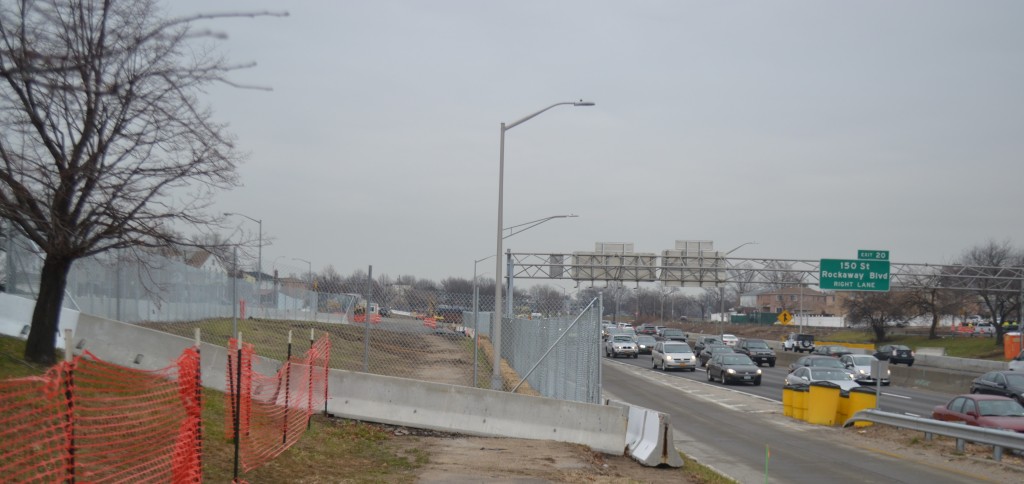
There will be some closures of lanes in both directions, mostly at night and during weekends. The DEP said that they will be working with the Department of Transportation to notify communities and motorists of any closures.
RECOMMENDED STORIES

